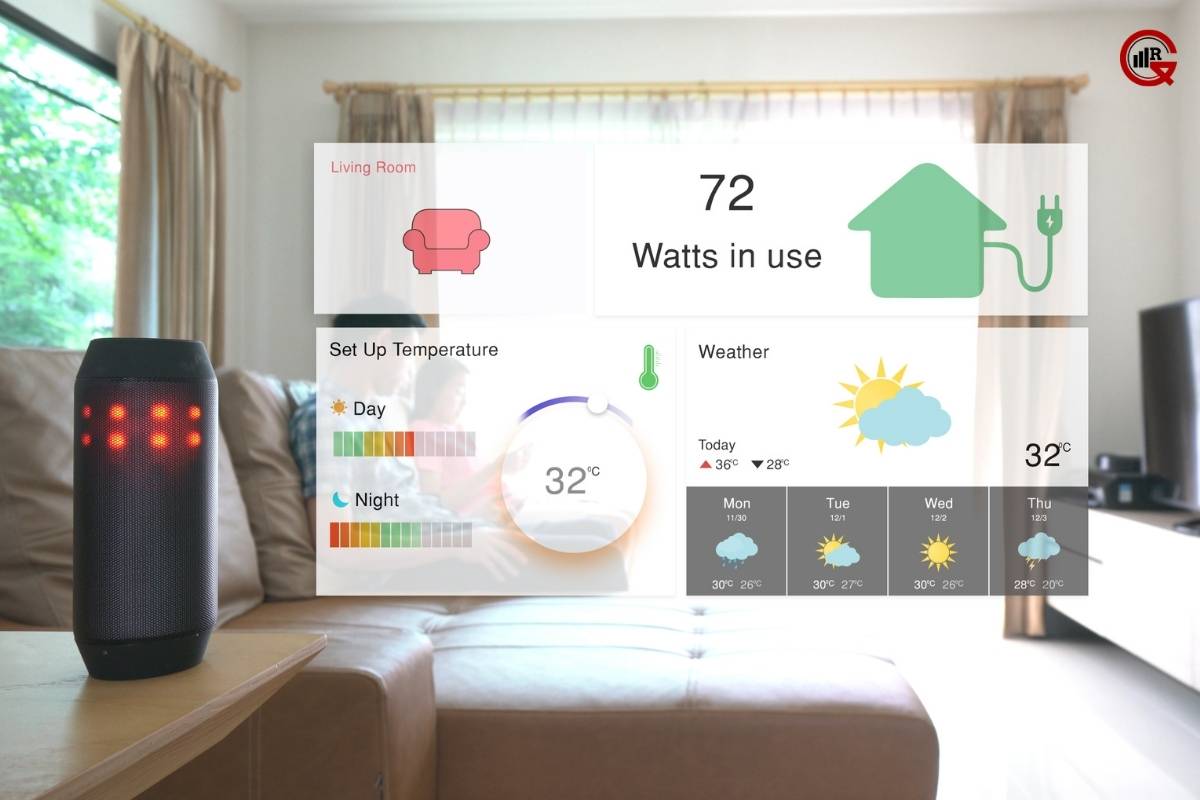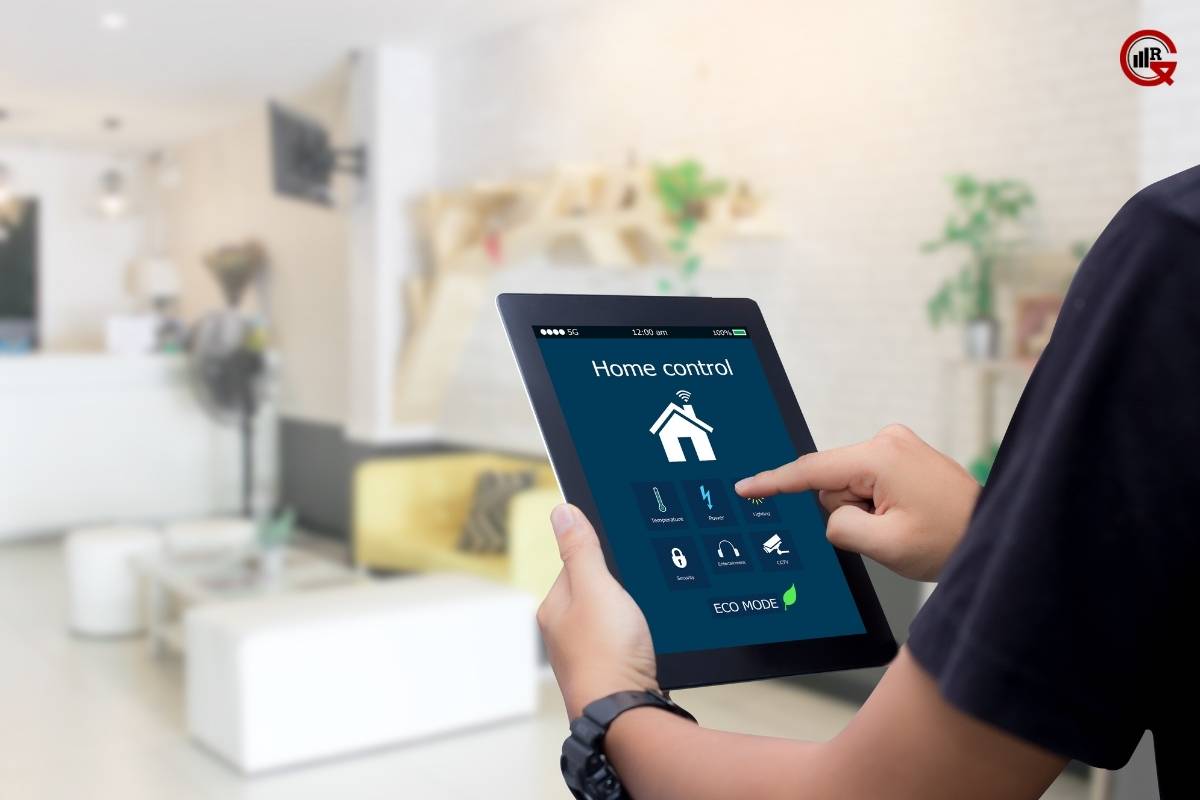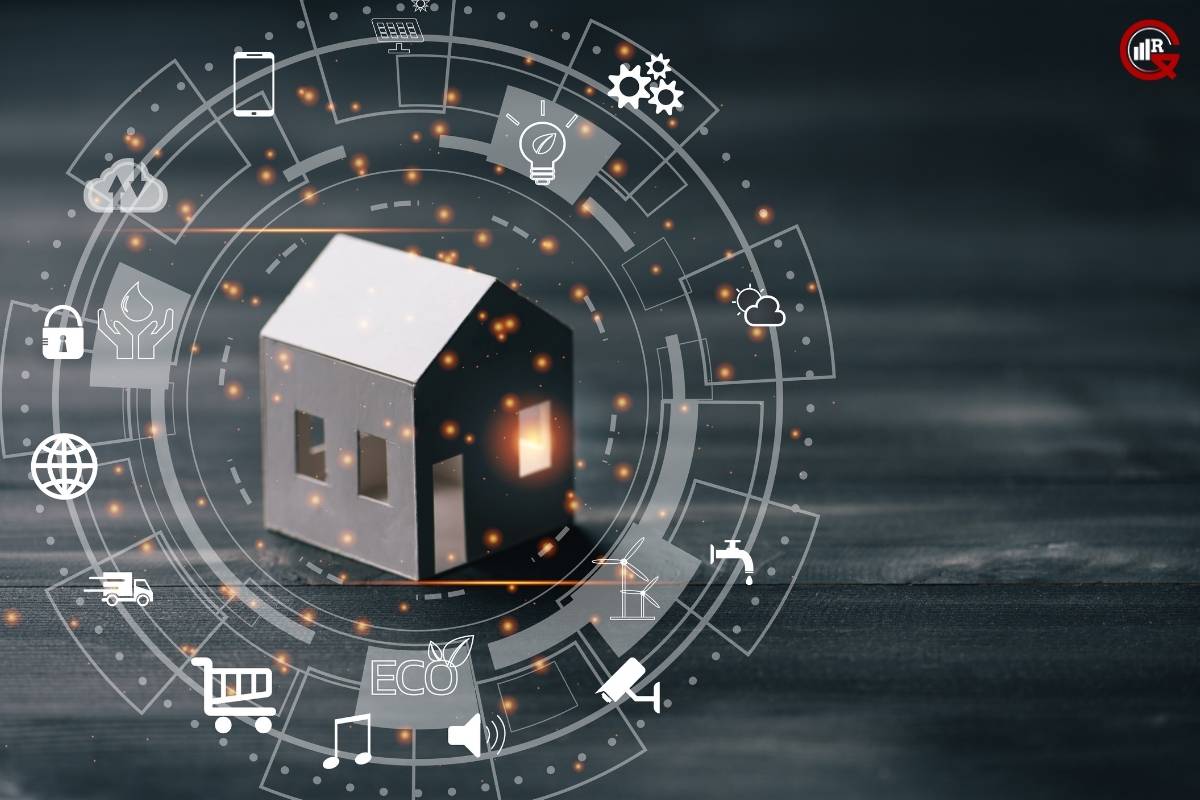In an era defined by technological innovation, the concept of the smart home has emerged as a symbol of modern living. Combining advanced automation, connectivity, and convenience, home automation represents the pinnacle of residential technology. In this article, we delve into the evolution, features, benefits, and prospects of smart homes, exploring how they are reshaping the way we live, work, and interact with our surroundings.
The Evolution of eHomes:
The concept of the automated home traces its roots back to the early 20th century, with visionary inventors and science fiction writers envisioning a future where homes would be equipped with intelligent devices and automated systems. However, it wasn’t until the late 20th century and the advent of the Internet of Things (IoT) that home automation technology began to gain traction. With the proliferation of internet-connected devices and the development of sophisticated automation platforms, domotics transitioned from a futuristic fantasy to a tangible reality.
Features of Smart Homes:

At the heart of every home automation lies a network of interconnected devices and systems designed to enhance comfort, convenience, and security. Key features of automated homes include:
Home Automation: Domotics are equipped with automated systems that allow residents to control various aspects of their home environment, such as lighting, heating, cooling, and security, remotely via smartphone apps or voice commands.
Connectivity: Automation devices are interconnected via Wi-Fi or other wireless protocols, enabling seamless communication and integration between different components.
Energy Efficiency: e-homes utilize sensors and intelligent algorithms to optimize energy consumption, reducing waste and lowering utility bills.
Security: e-home security systems incorporate cameras, motion sensors, and smart locks to monitor and protect the home against intruders and emergencies.
Entertainment: Automation home entertainment systems offer immersive audiovisual experiences, with features such as voice-controlled speakers, streaming media players, and smart TVs.
Benefits of Smart Homes:

The adoption of e-home technology offers a multitude of benefits for homeowners, including:
Convenience: With home automation, residents can control various devices and systems with the touch of a button or a simple voice command, streamlining everyday tasks and routines.
Energy Savings: By optimizing energy usage and reducing waste, e-homes help homeowners lower their utility bills and minimize their environmental footprint.
Enhanced Security: Electric home security systems provide peace of mind by offering real-time monitoring and alerts for potential threats or emergencies, whether homeowners are at home or away.
Customization: Smart home technology allows homeowners to tailor their living environment to their preferences, adjusting lighting, temperature, and other settings to suit their needs and lifestyles.
Accessibility: For individuals with disabilities or mobility issues, smart technology can enhance accessibility and independence, allowing them to control their environment more easily and efficiently.
Future Prospects of Smart Homes:

As technology continues to advance and consumer demand for smart solutions grows, the future of smart homes looks promising. Key trends shaping the future of domotics include:
Integration: e-home devices and systems will become increasingly interconnected and interoperable, enabling seamless integration and communication between different components.
Artificial Intelligence (AI): AI-powered smart home systems will become more sophisticated, learning and adapting to homeowners’ preferences and behavior over time.
Sustainability: Automation homes will place greater emphasis on sustainability and energy efficiency, leveraging renewable energy sources, smart grid technologies, and advanced energy management systems.
Personalization: e-home technology will offer greater customization and personalization options, allowing homeowners to create tailored experiences and environments that reflect their unique preferences and lifestyles.
Expansion of Use Cases: The adoption of e-home technology will extend beyond residential applications to include commercial and industrial settings, transforming the way we live, work, and interact with our surroundings.
Conclusion:
In conclusion, smart homes represent a transformative shift in residential living, offering unparalleled convenience, comfort, and security. With advanced automation, connectivity, and intelligence, automated homes empower homeowners to create personalized living environments that enhance their quality of life and meet their evolving needs. As technology continues to evolve and innovation accelerates, the future of smart homes holds immense potential for revolutionizing the way we inhabit and interact with our homes.






